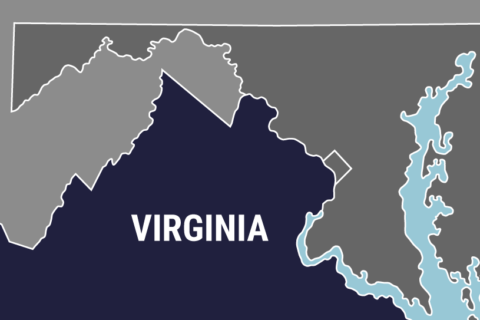WASHINGTON — Northern Virginia has been a “company town” for decades, running on an economy powered by federal spending. However, that appears to be changing, an evolution economists say is good for the region, but isn’t perfect.
Northern Virginia and the greater D.C. area fared better than many other parts of the country during the Great Recession, in large part due to high federal spending used to help the economy. Much of that money stayed in this area.
But just a few years later, sequestration tightened the flow of Uncle Sam’s money, leading to slower than average growth in both Virginia and Maryland as of late.
Though, it seems that the Northern Virginia economy is shifting away from heavy reliance on big Capitol Hill paychecks to more reliance on the private sector, according to the “State of the Commonwealth” report from Old Dominion University.
In the past year, a large portion of the region’s job growth came from the professional and business services sector. That, on the surface, highlights the move toward more private work. These jobs often bring more money into the region than retail or health care jobs, which often recirculate money in the local economy, unless patients are coming from afar.
Despite the slowing economic growth statewide, and even in the District, people continue to move to Northern Virginia. But that’s not the whole picture.
Northern Virginia’s big population gains are largely due to increased natural births and international migrants. Since 2010, there’s been a steady decrease in people moving from other states or cities to Northern Virginia.
The 2010-11 year-over-year change showed a positive net domestic migration of more than 16,400. But in the 2014-15 year-over-year, there was a net loss of nearly 17,000 in that same category.
Employment has not kept up with the population growth, though Northern Virginia currently enjoys a relatively low unemployment rate. The report says the region’s population is almost 35 percent larger than it was in 2000, but its employment is only 21 percent higher since then.
There could be several reasons for the low unemployment despite weaker job growth, such as lower workforce participation.
But along with this population boom come the businesses that serve this new population. The increase in retail and hospitality jobs are great for local shopping and dining, but many of these jobs do not pay nearly as well as some higher-earning federal government work.
Additionally, the report warns of two major issues that could impede future economic growth: housing costs and traffic.
“Several economic studies have shown that similar [domestic out-migration] flows of people among regions and states are highly sensitive to job creation and job availability,” the report authors detailed. “Since Northern Virginia’s job creation has trailed its population growth, some residents have departed the region in search of improved job prospects elsewhere. The same studies reveal that the cost of living, especially housing costs, also exercises an influence over domestic migration. Not surprisingly, elevated housing costs stimulate out-migration and tend to discourage in-migration.”
The report isn’t worried about the strength or weakness of the housing market itself. But its affordability not only has an impact on whether people stay or leave, but on quality of life and traffic considerations.
“Working families face difficult trade-offs between affordability and workplace proximity,” the report continued. “The ability of Northern Virginia organizations to retain their workforces will have a direct bearing on future economic competitiveness.”
The issue is making sure the infrastructure can keep up, and the policy choices made by the state, counties and the greater D.C. region continue to make that happen. Between the well-publicized issues plaguing Metro and the nation’s worst traffic, according to Texas A&M University last year, the “State of the Commonwealth” report says that while Northern Virginia is home to “remarkable human capital,” it needs to make sure it can effectively handle growth, and keep that workforce from leaving.





